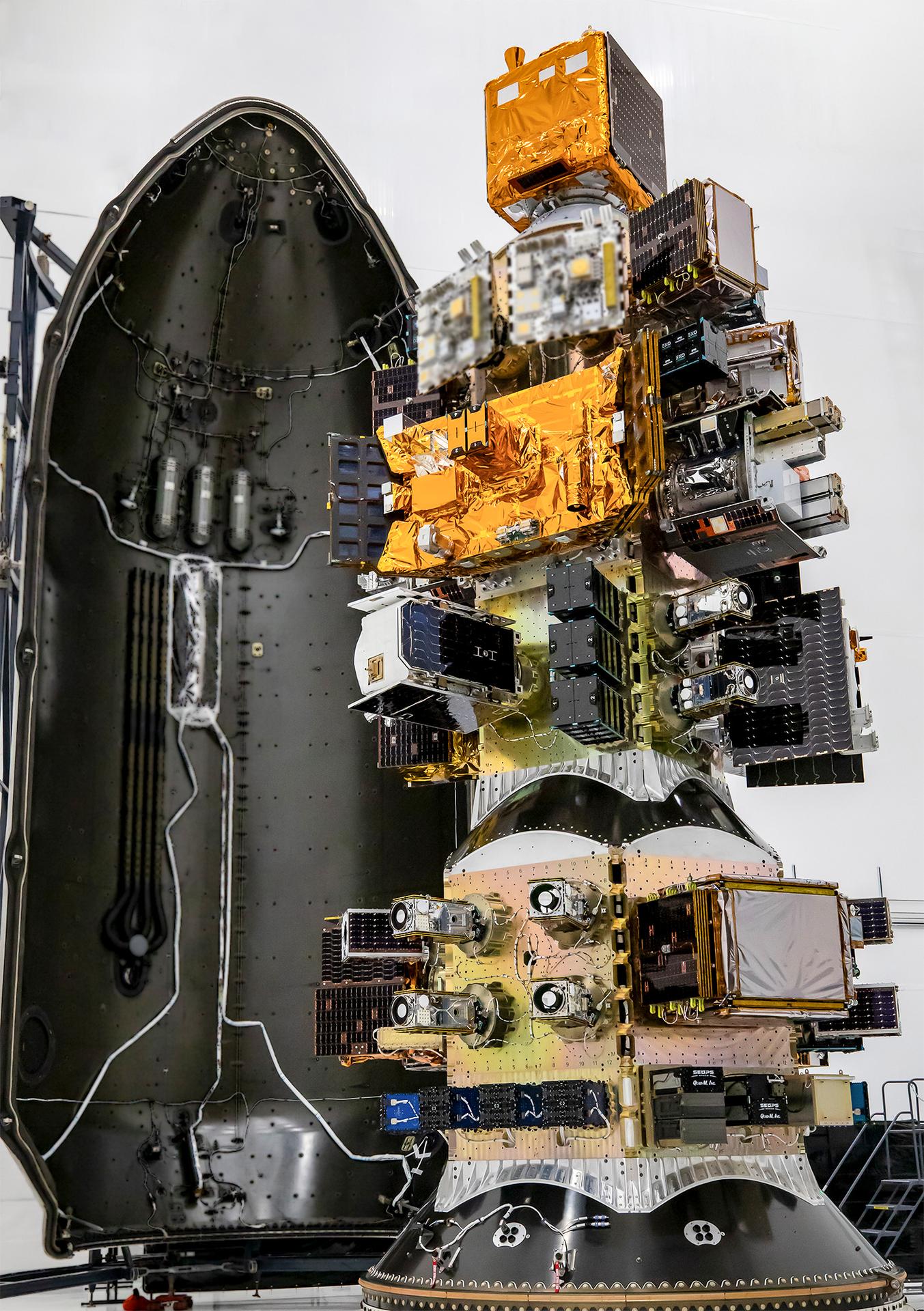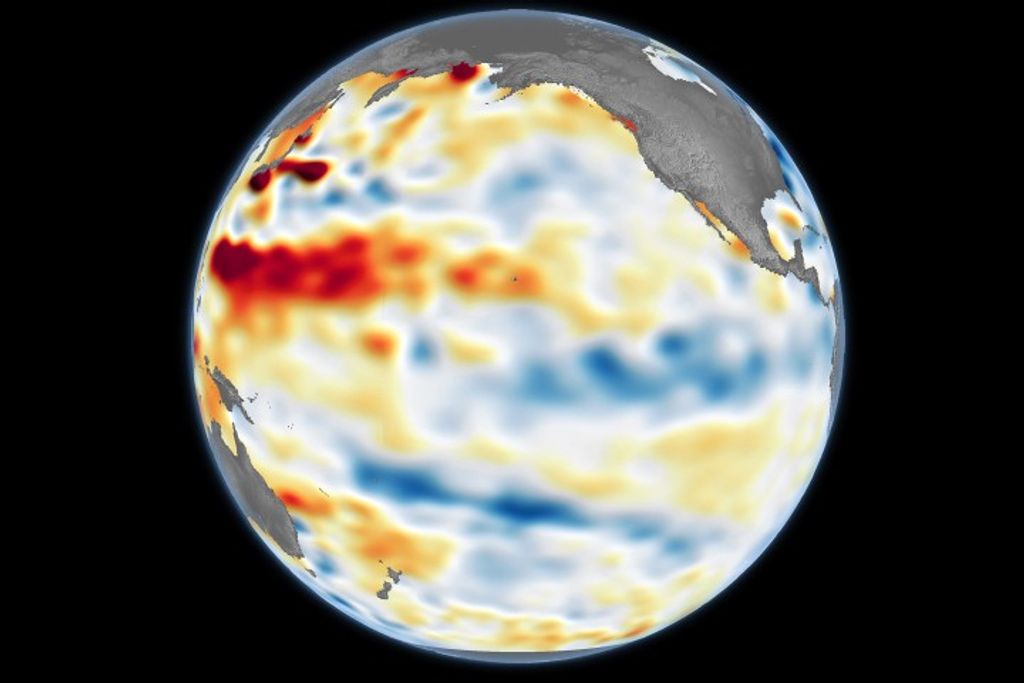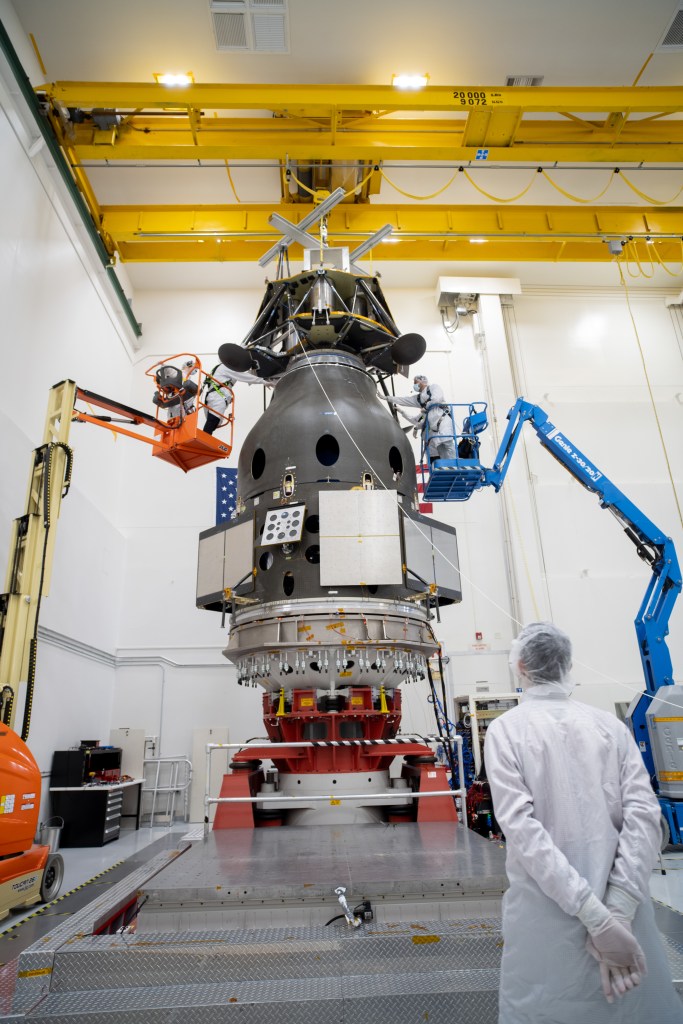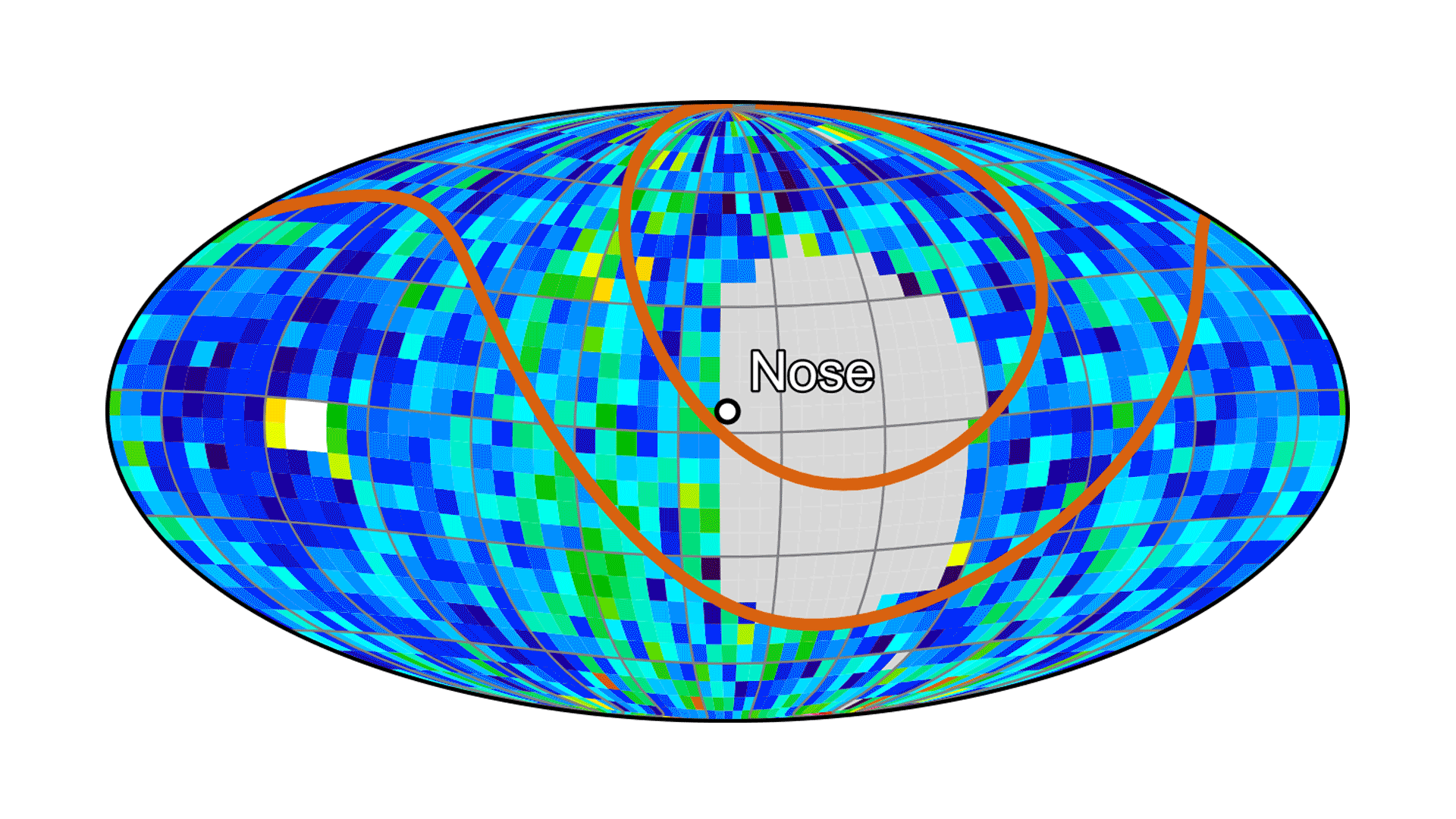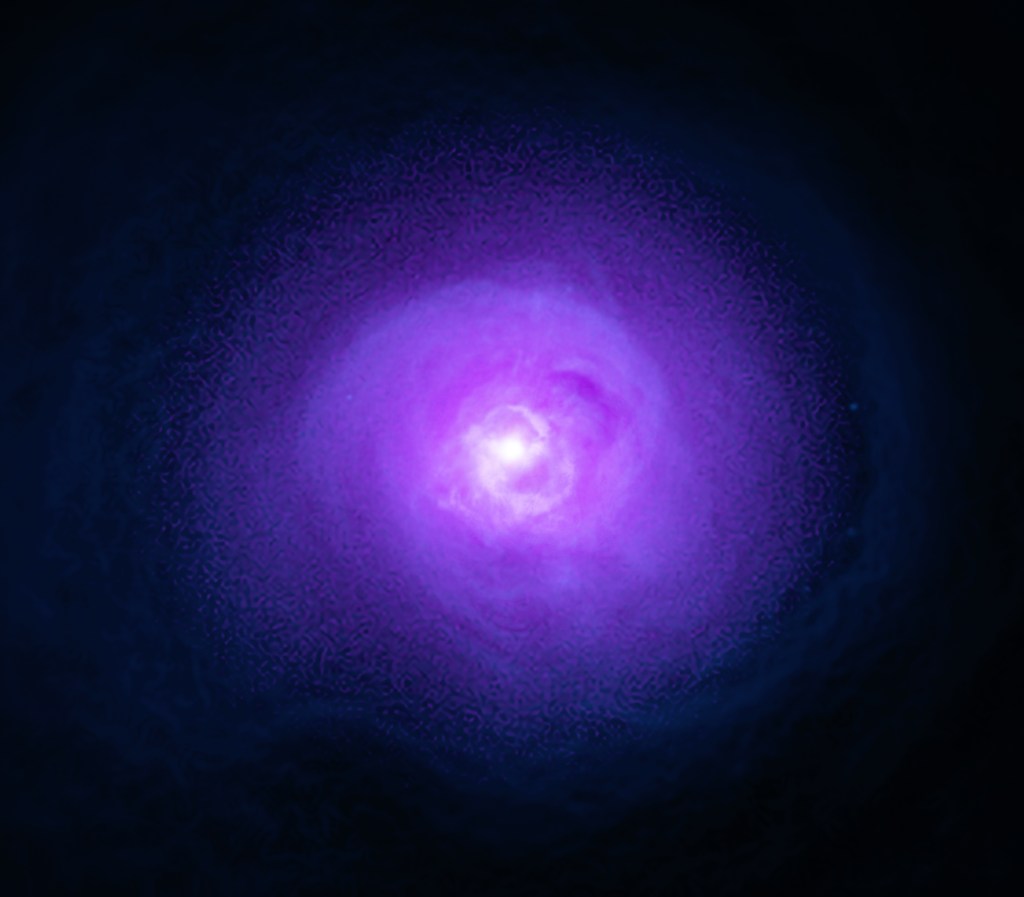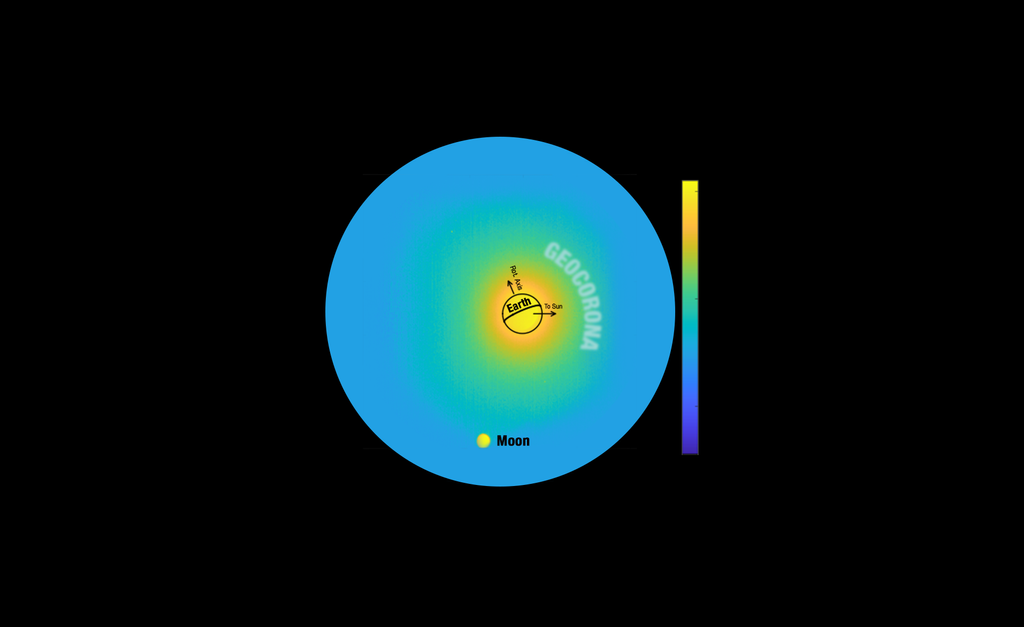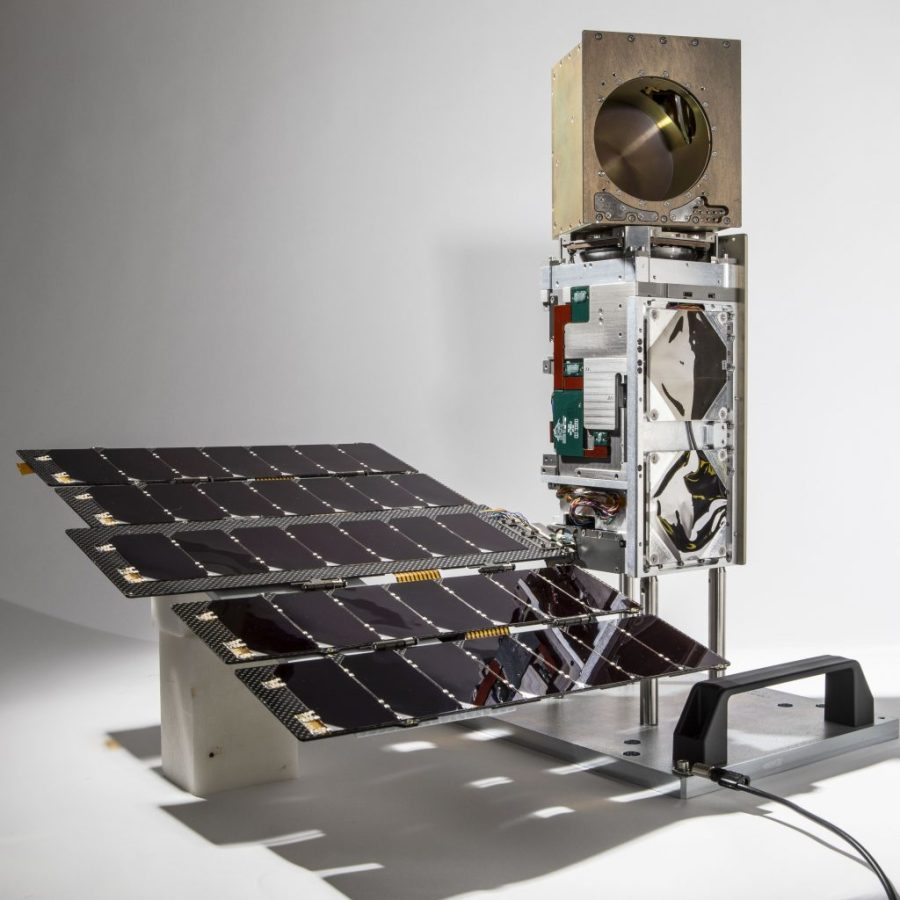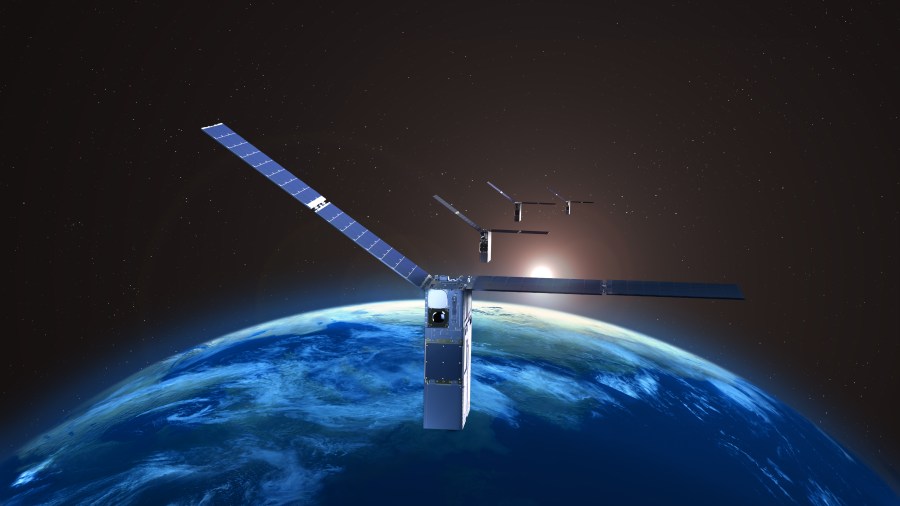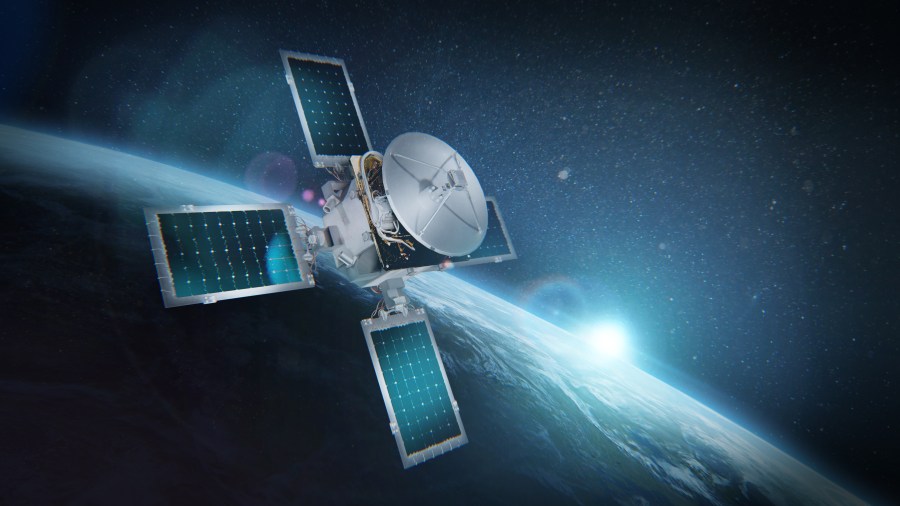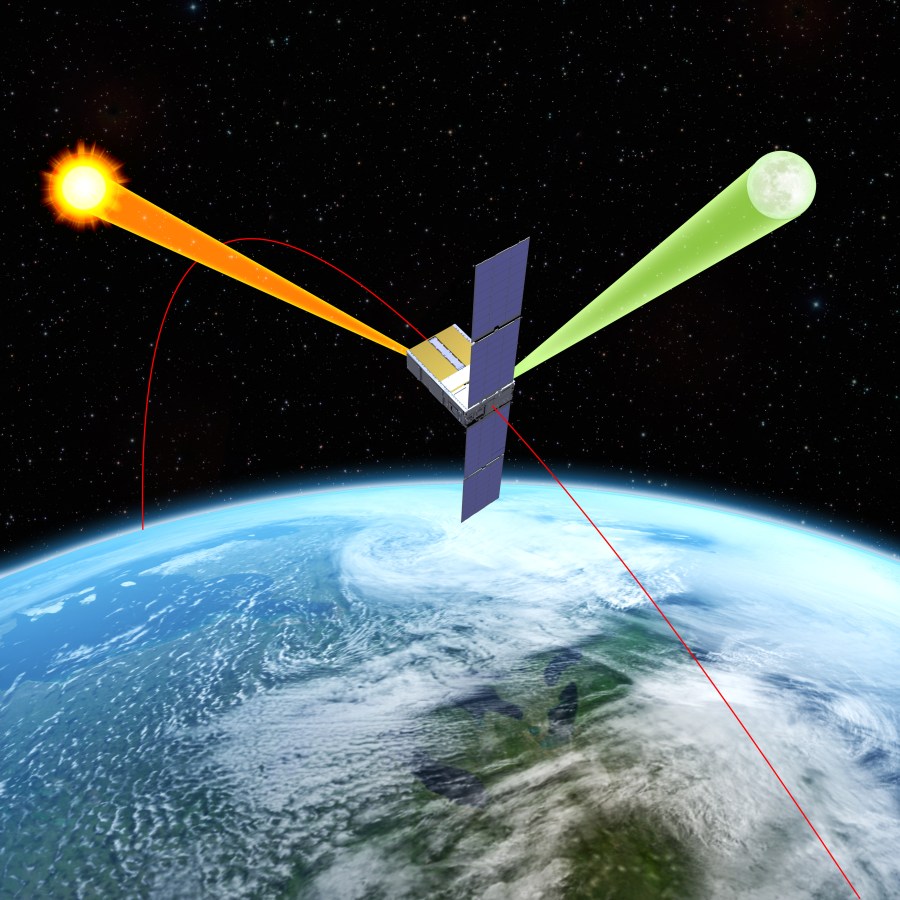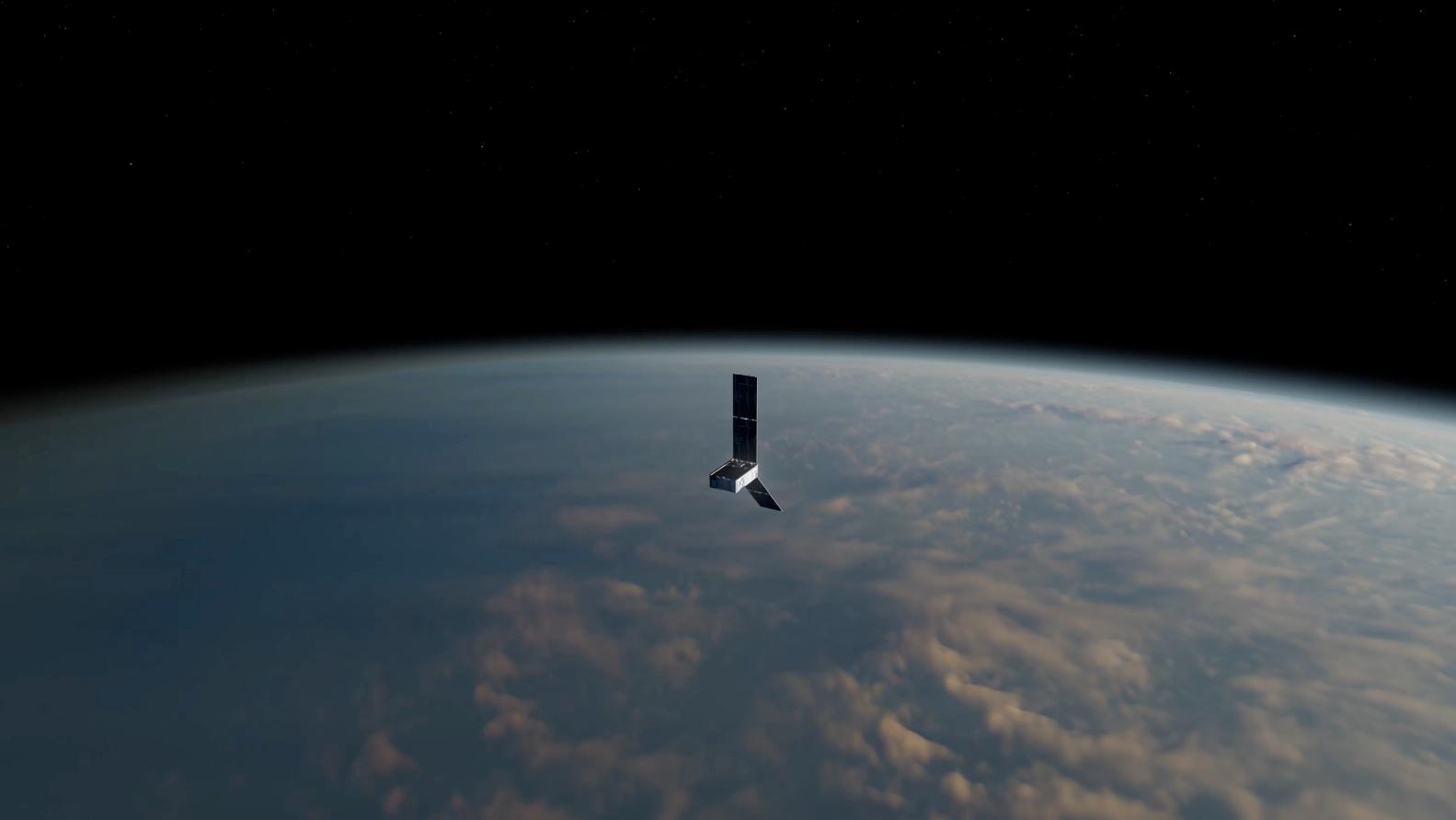A NASA small satellite is set to launch on a commercial rideshare mission to test rapid, low-cost deployment of multiple technology prototypes in low Earth orbit, along with three other NASA funded small-scale satellites. The R5-S7 (Realizing Rapid, Reduced-cost high-Risk Research project Spacecraft 7) CubeSat, developed by NASA’s Johnson Space Center in Houston, is […]
NASA Cost-Saving Technology Demo is Ready for Launch
